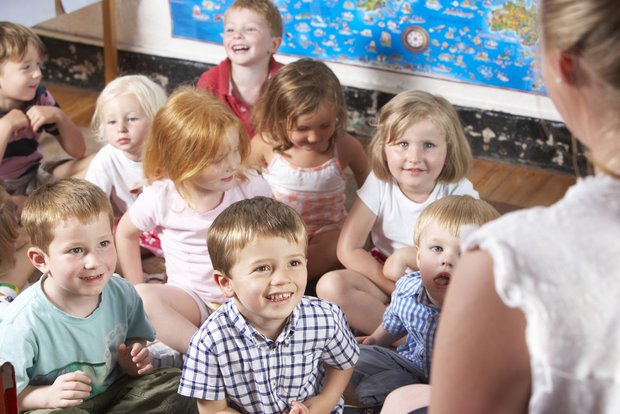Music and the foreign language
Add to My Folder
There is no disputing that music plays a key role in Early Years, whether it’s singing a song to welcome the children into your setting, playing an upbeat tune when it’s time to tidy the classroom or spending quality time sharing a favourite nursery rhyme, but have you ever stopped to ask why this is?
Children love music, and joining in with music comes very naturally to the preschool child. They enjoy singing, clapping and moving in time with music and respond well to it. Music distracts them and delights them. So why should we use music for language learning?

Above all else, learning through music is fun! However, it’s also an established fact that music makes things memorable. Most of us can still remember words from songs and rhymes we learnt as children. It follows therefore that children who learn a foreign language through song are able to recall words and phrases better than those learning without music. They will retain the simple melodies without much effort and are more likely to sing the song to themselves long after your session has finished- what better way to practise than this?
Learning language through song is a natural way of practising pronunciation, too, and children are happy to repeat words and phrases over and over in song – a far more engaging tool for practising new vocabulary than asking your class to say the words and phrases again and again. The beat and tempo of the music lend to the natural rhythm of the language and aid with fluency as one sound flows into the next.
So, how can we incorporate music into our language learning? Introducing a simple children’s song in the target language can serve as a good starting point. Many may already be familiar with the French ‘Frère Jacques’ or the Spanish ‘Los Pollitos’. Alternatively, use a familiar tune like ‘Twinkle, Twinkle, Little Star’ and add your own lyrics to consolidate a topic you have been learning about. You can add to the enjoyment of your session by introducing simple actions to the songs or accompanying your singing with instruments.
Finally, don’t worry if you’re not musical. As long as you sing with confidence and enthusiasm the children will be happy to follow your lead.
Scholastic Resource Bank: Early Years - join today!
- Over 2,000 EYFS resources, activity ideas and games
- Perfect for anyone working or playing with children from 0 to 5 years old
- Unlimited access from just £1.25 per month
Already a member? Sign in below.
Published 19 January 2017
Reviews
You need to be signed in to place a review.